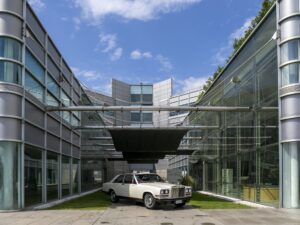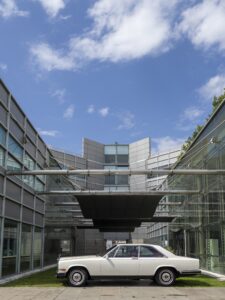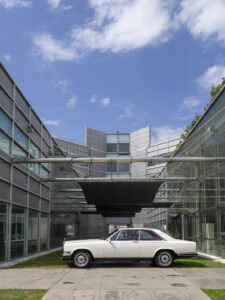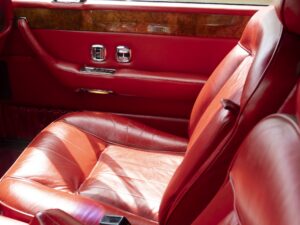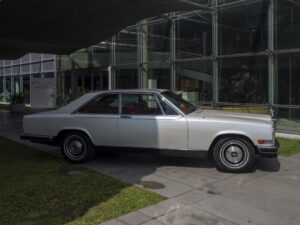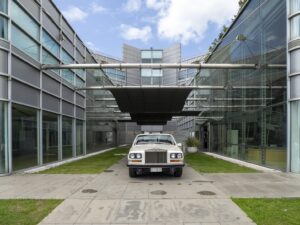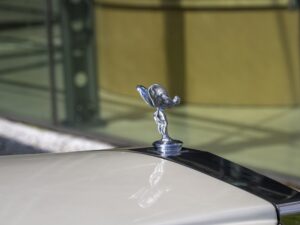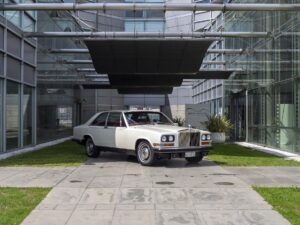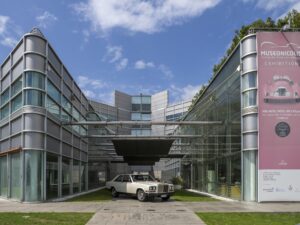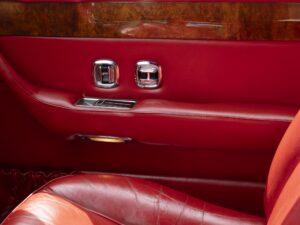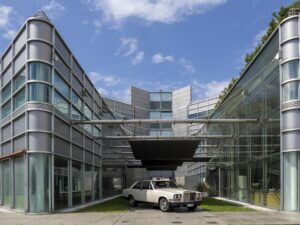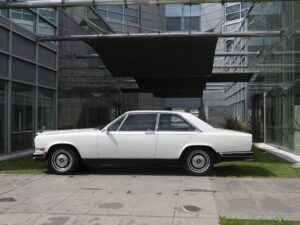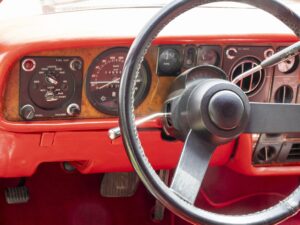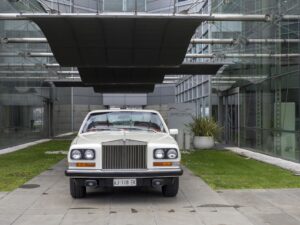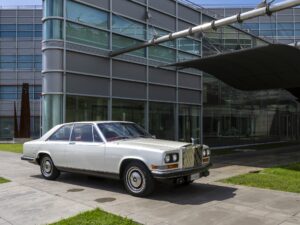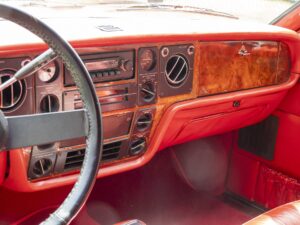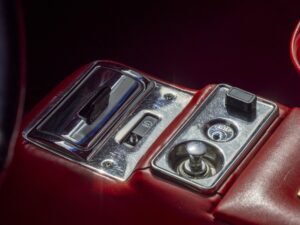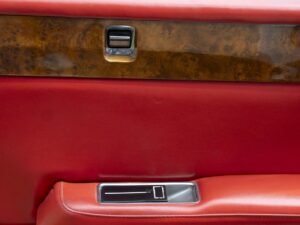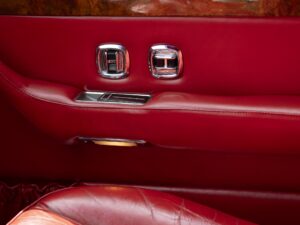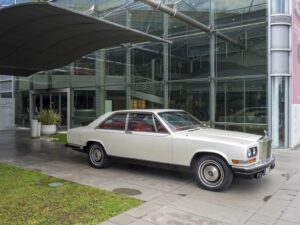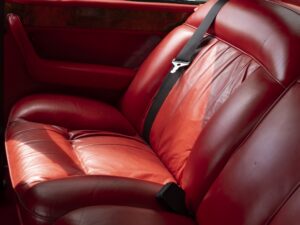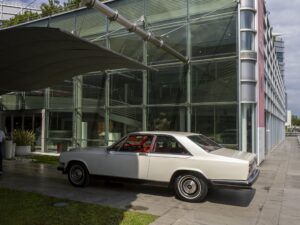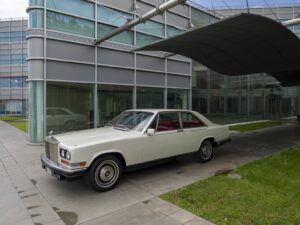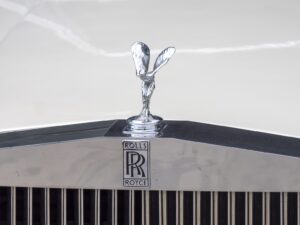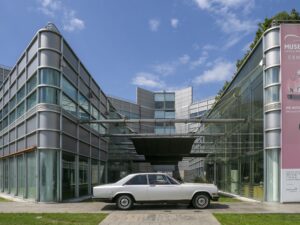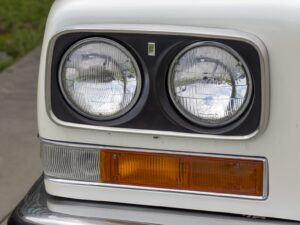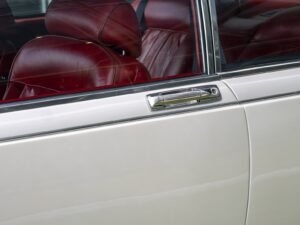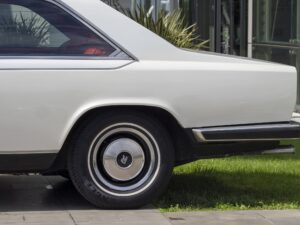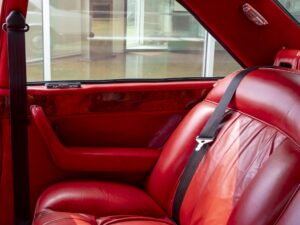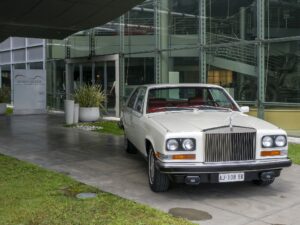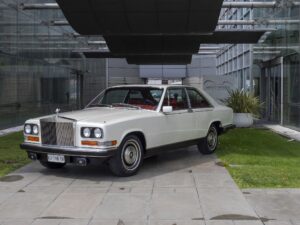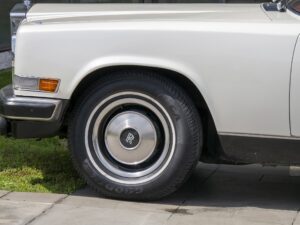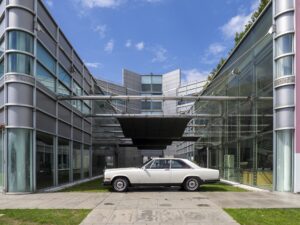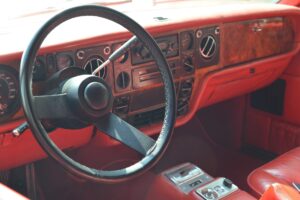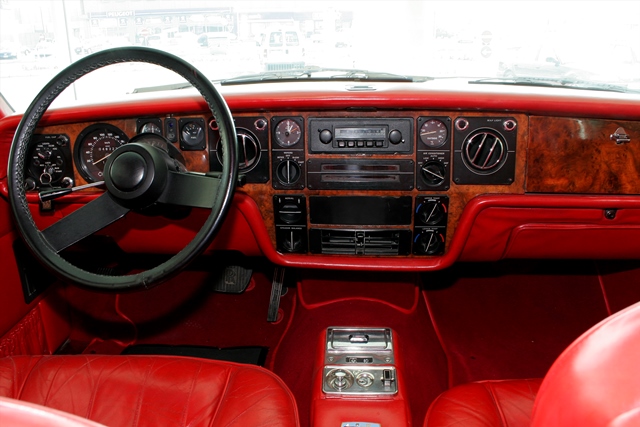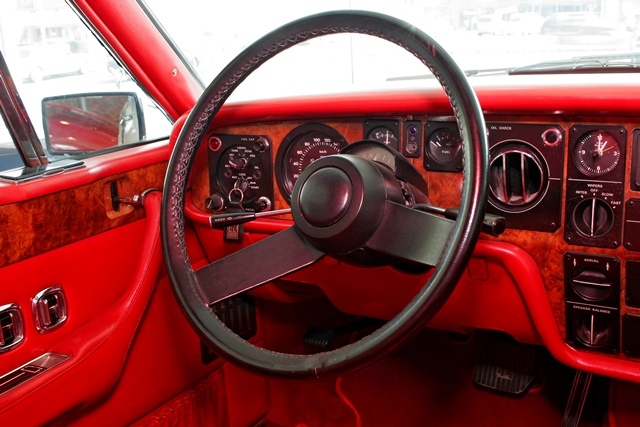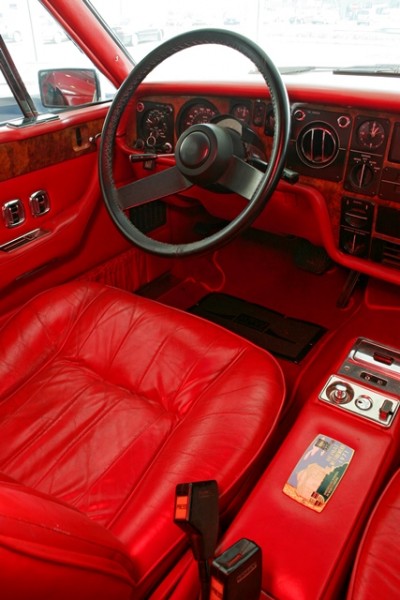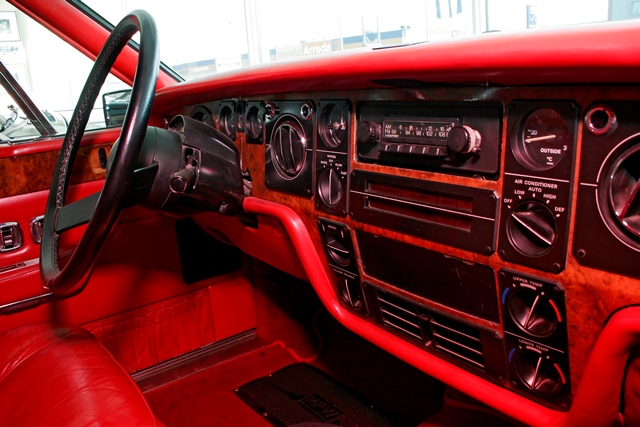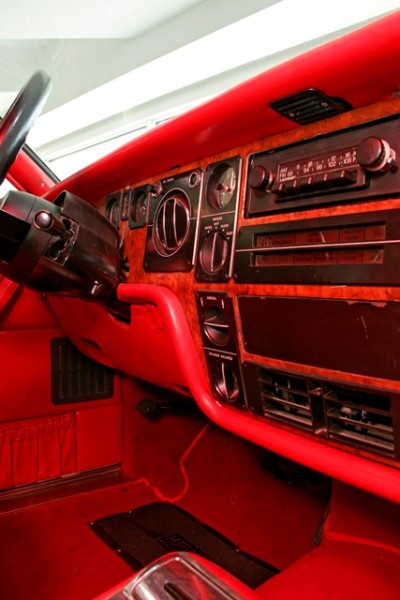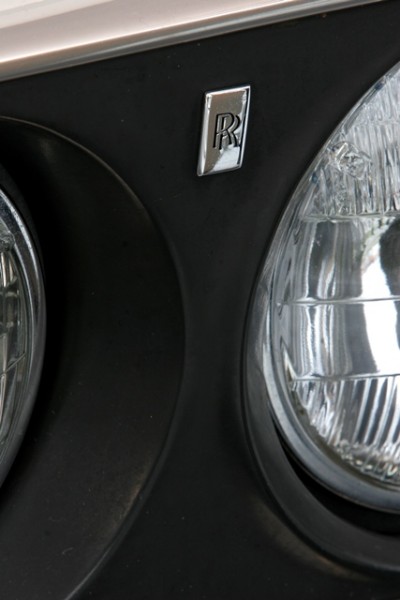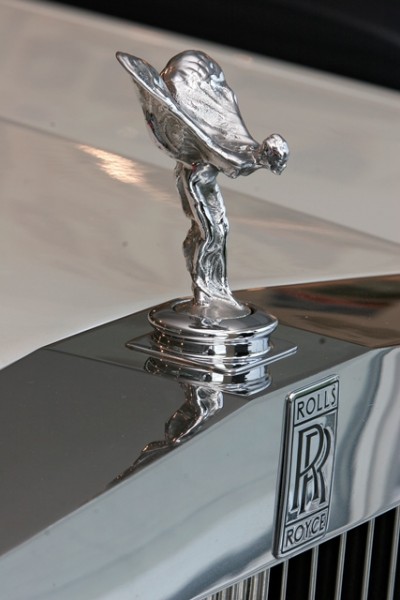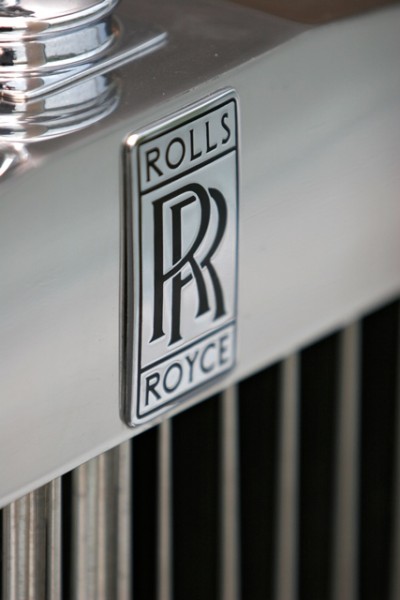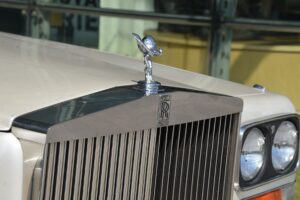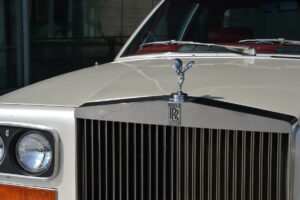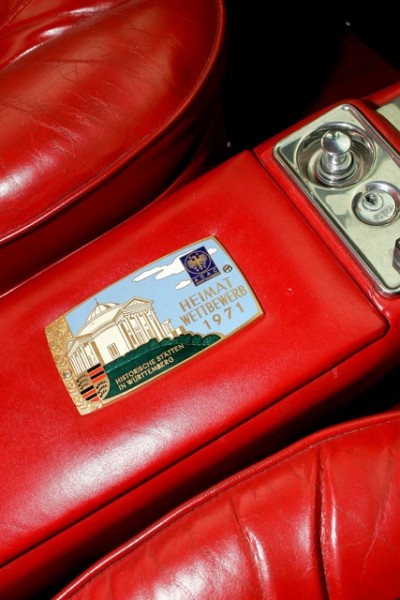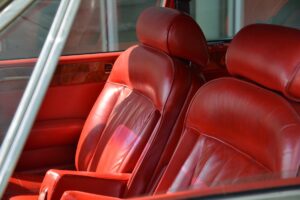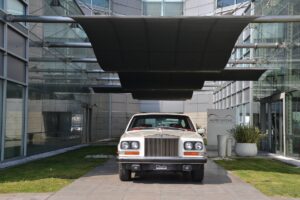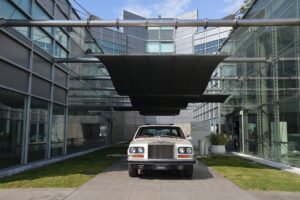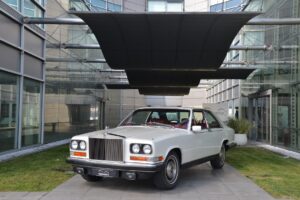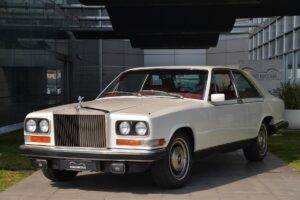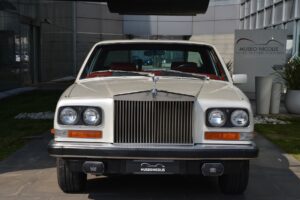Rolls-Royce, 1978, Camargue
Rolls-Royce “Camargue”, Mulliner Park Ward, 1978
The Rolls-Royce Camargue is one of the British manufacturer's most distinctive and controversial cars, launched in the 1970s. In the 1970s, Rolls-Royce sought to expand its range with an exclusive and innovative luxury model. It wanted to create a grand touring coupe that combined the brand's traditional luxury with a more modern and elegant design that would appeal to a younger, more sophisticated clientele. For the first time in its history, Rolls-Royce decided to entrust the design of one of its cars to Pininfarina, the famous Italian manufacturer known for its collaboration with Ferrari and other prestigious car brands.
The Camargue was designed by Paolo Martin and bodied by Mulliner Park Ward in England. The result was a car with a square, avant-garde design, far removed from the more classic forms of the Silver Shadow. Despite its lines, it could not be described as a coupé; it was called a two-door saloon. Considered at the time to be the most expensive car in the world, the Rolls-Royce Camargue on display at the Museo Nicolis is distinguished by its exclusive fittings: the refined mother-of-pearl ivory bodywork enhances the elegance of its lines, combined with a flaming red leather interior, a symbol of luxury and refinement.
A unique detail of this model is the specially designed handles to prevent the ladies' jewelry from scratching the paint when opening the doors, further testimony to Rolls-Royce's attention to detail and philosophy of excellence. The car was named ‘Camargue’ in honour of the southern French region, famous for its refined lifestyle. It was launched in 1975, with a stellar price tag of over $150,000 at the time (more than double that of a Silver Shadow). It was aimed at a very small elite, who wanted a luxury car without compromise. One of the main innovations of this gem was the dual-zone air conditioning, the first of its kind in the world, which allowed the driver and passenger to set different temperatures.
The Camargue was equipped with a 6.75-litre V8 engine, the same as the Silver Shadow, mated to a 3-speed automatic transmission supplied by General Motors. Although Rolls-Royce did not officially declare the power output of its cars, it was estimated to deliver around 220 hp.
It was produced from 1975 to 1986. Only 531 examples were built, making it one of the rarest Rolls-Royces.
It was an extreme luxury car, but its modern, boxy lines did not convince all the brand's enthusiasts, who were used to more traditional shapes. The Camargue was launched at the height of the 1973-1974 oil crisis, a time when the cost of fuel was rising sharply and luxury cars with big, thirsty engines were no longer in demand. The car market was shifting towards more efficient and compact cars and its ostentatious luxury seemed out of place in a time of economic hardship.
Today, the Rolls-Royce Camargue is a niche car that is highly prized by collectors, precisely because of its rarity and out-of-the-box design. Although at the time its styling was considered too daring, today it is seen as one of the most interesting cars in the brand's history. It represents a historical curiosity in the world of Rolls-Royce, a mix of British luxury and Italian style that made its mark among the luxury cars of the 1970s and for lovers of out-of-the-box models.
The main features: Impressive front end with sloping grille (a first for a Rolls). Square, clean lines typical of 1970s design. Large glass surfaces for more light in the passenger compartment. Sleek, modern proportions, but still massive. The first Rolls-Royce was designed by Pininfarina. The most expensive in the world at the time. An exclusive and rare model, with only 531 examples. An innovative car, but one with limited commercial success.
The Rolls-Royce in Giusy Ferreri's “Fa talmente male" videoclip
2005 Concorso di Eleganza Rolls-Royce
2025 Vicenza Classic Car Show

